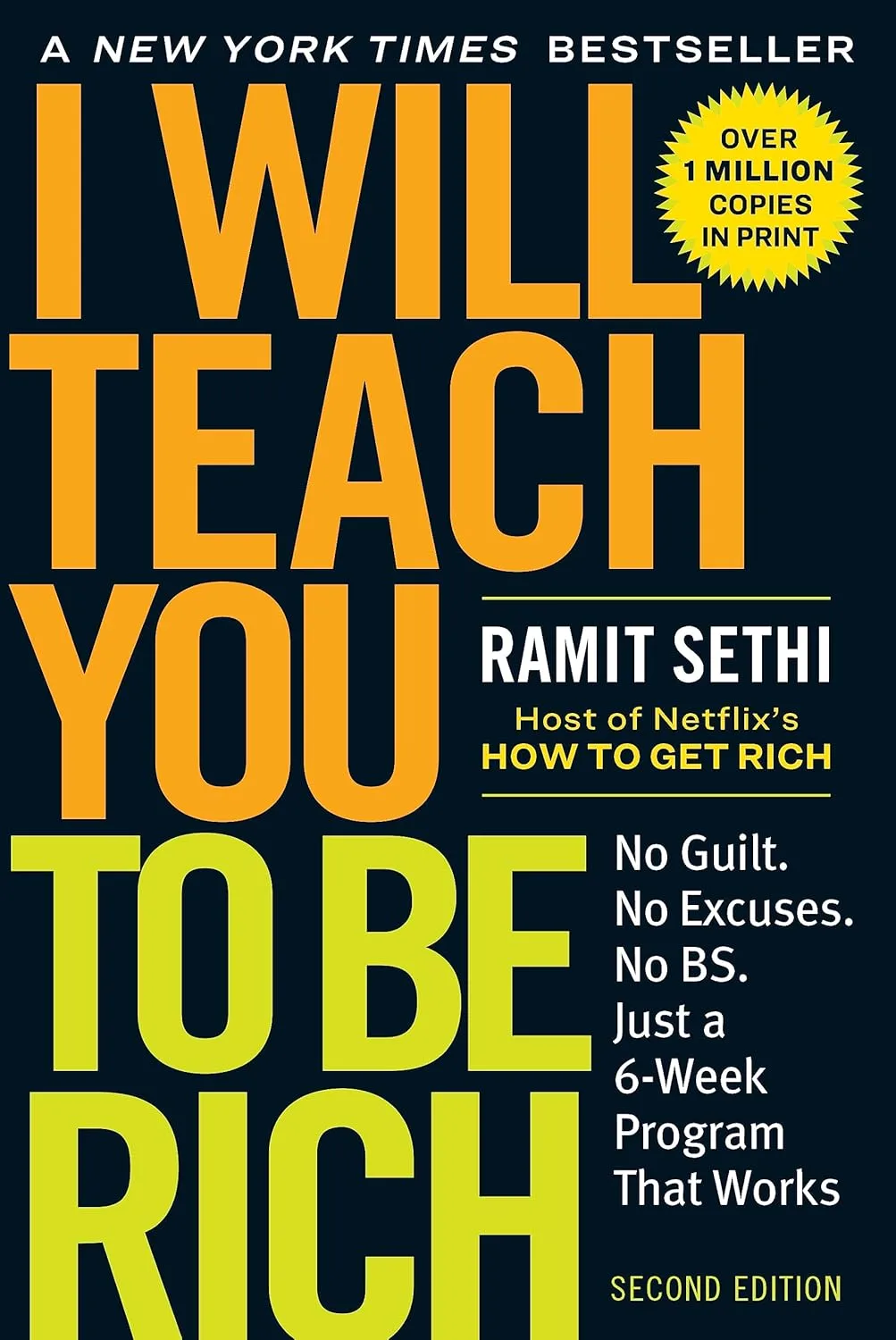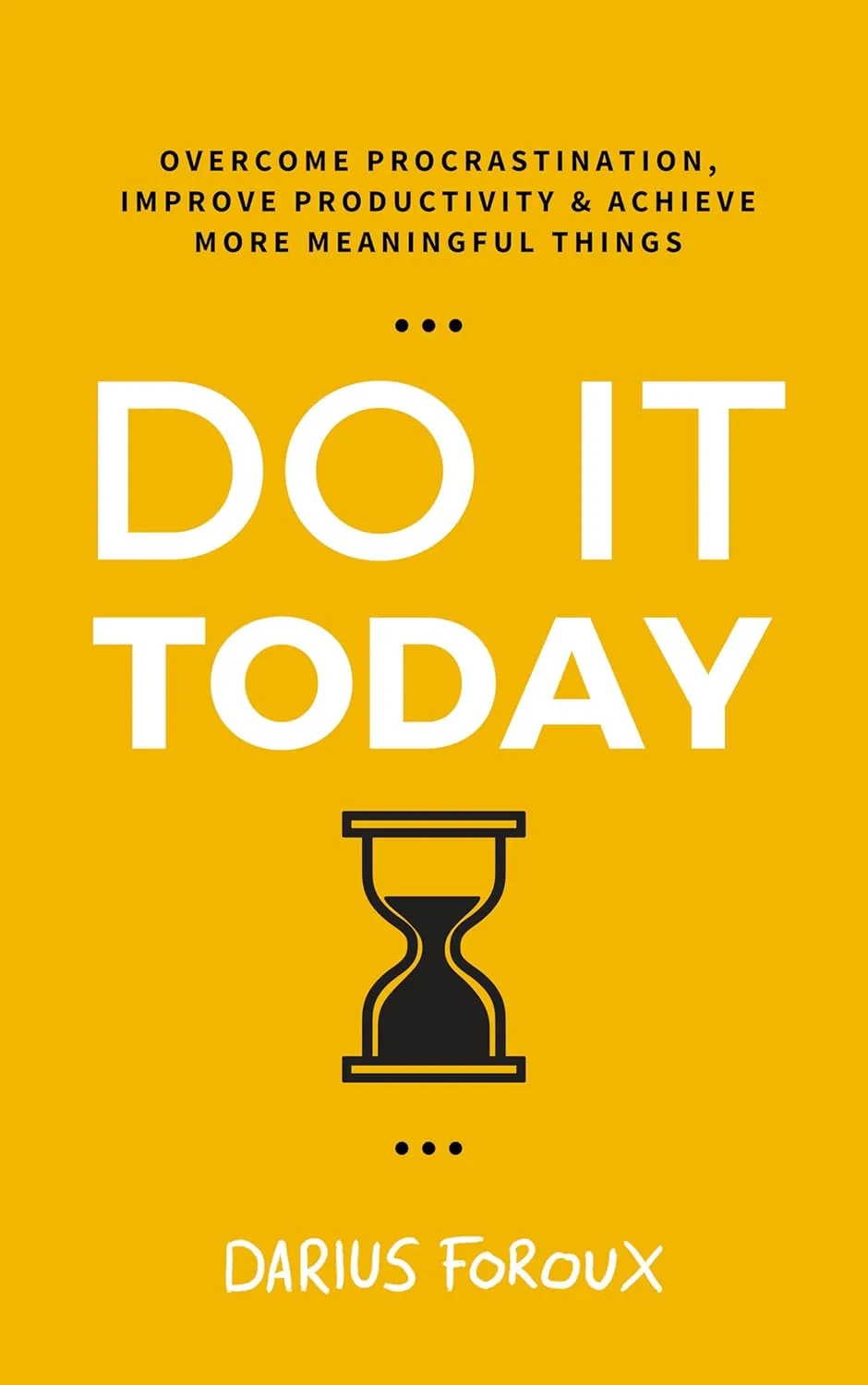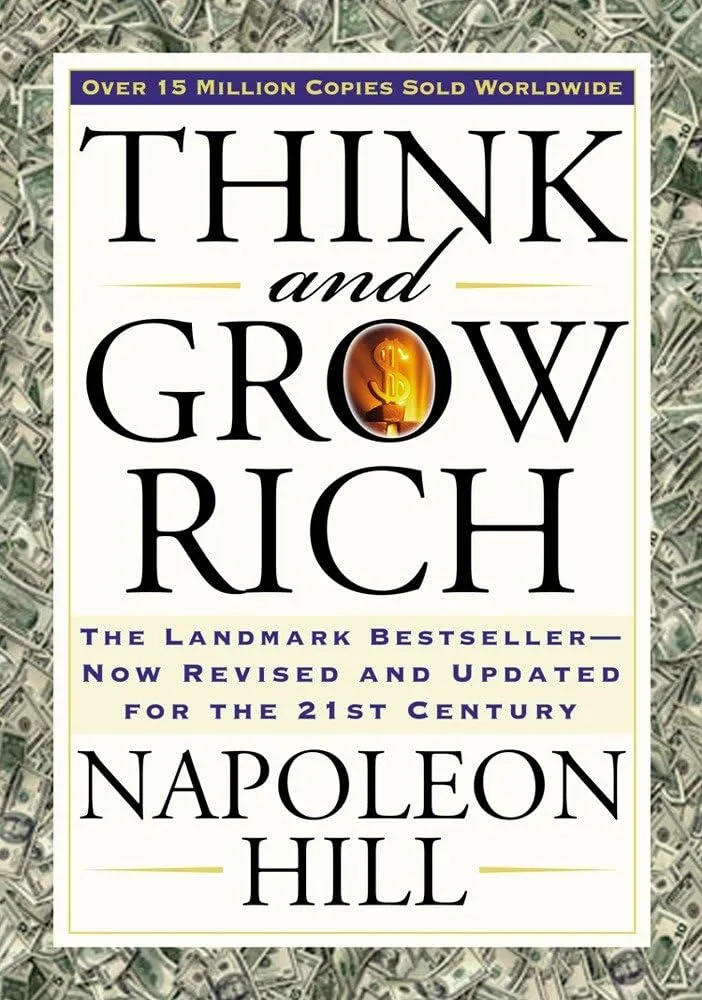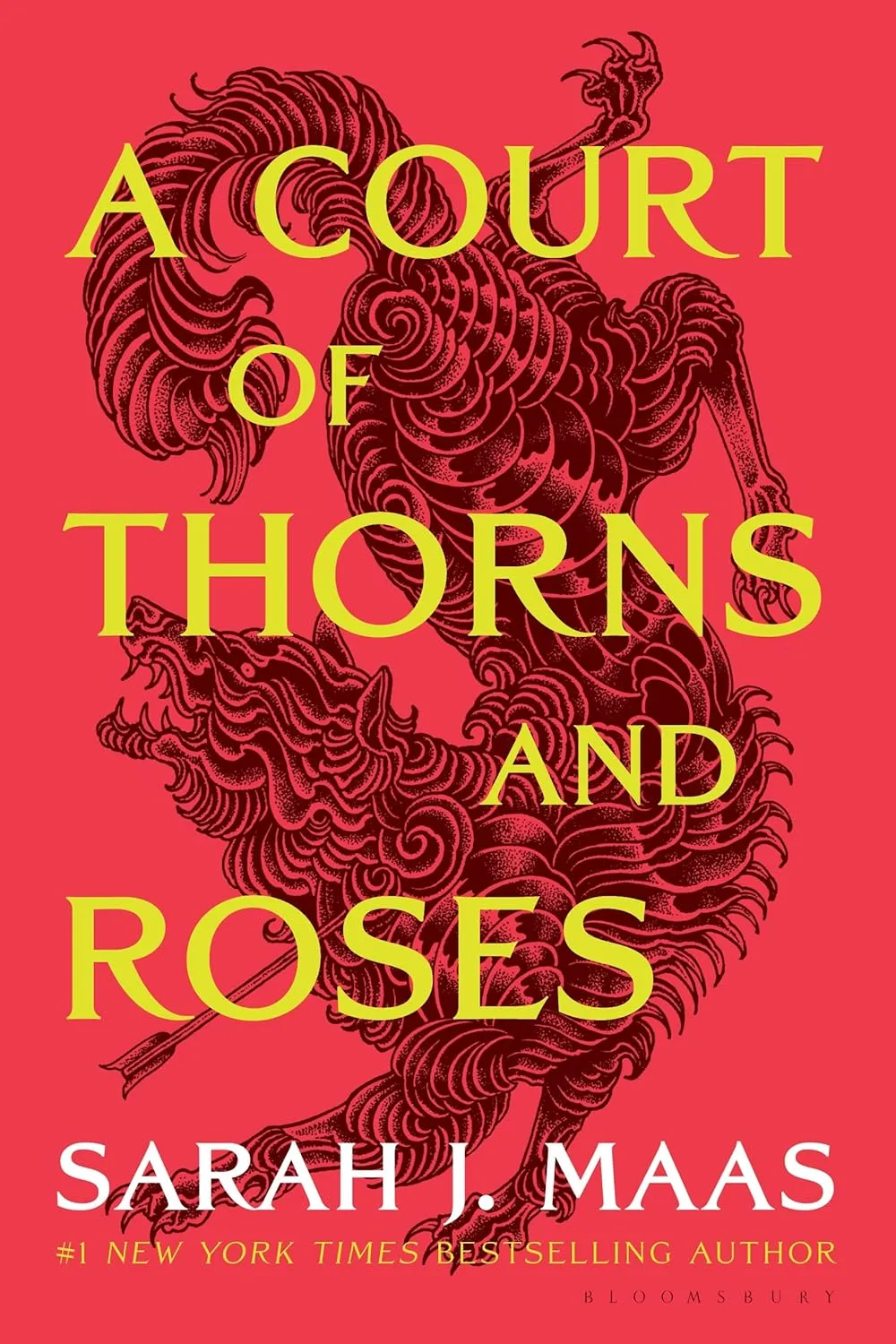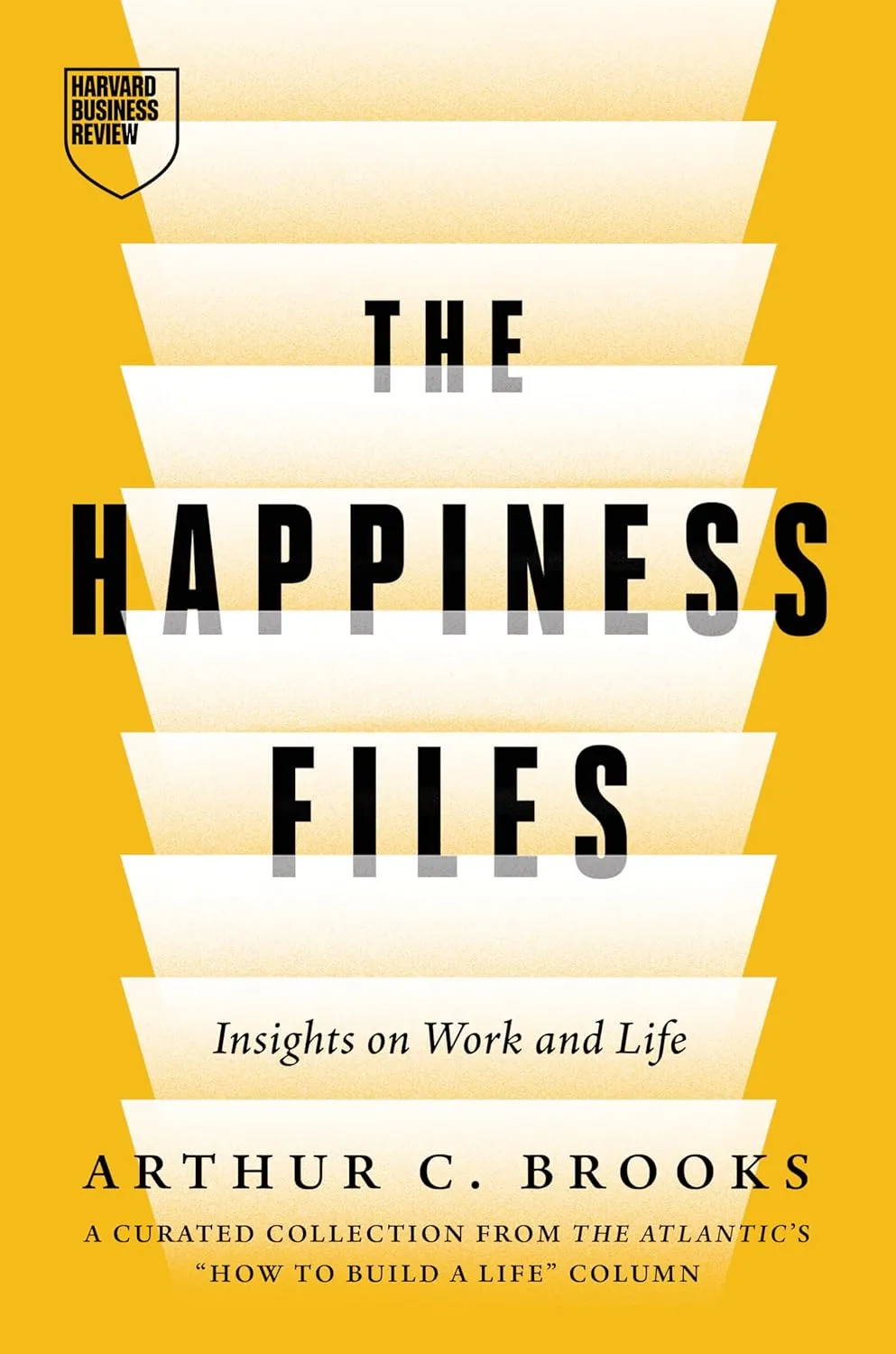📘 Book Summary
I Will Teach You to Be Rich is Ramit Sethi’s no-nonsense guide to personal finance that cuts through the complexity of money management with a practical, actionable six-week program. Unlike traditional finance books that promote extreme frugality, Sethi’s approach emphasizes automating your finances and spending lavishly on what you love while ruthlessly cutting costs on things you don’t.
The book offers a clear roadmap for banking, saving, budgeting, and investing that anyone can follow—no matter their starting point.
🔑 Key Takeaways
- Automate everything: Set up automatic transfers for savings, investments, and bills to eliminate human error and procrastination
- The 85% solution: An imperfect system started today beats a perfect plan started never
- Conscious spending: Spend on what you love, cut ruthlessly where you don’t
- Start investing early: Time in the market always beats timing the market
- Optimize big wins: Focus on major expenses like housing and transportation, not lattes
- Banking optimization: Use the right checking and high-yield savings account combo
- Credit card mastery: Build credit and earn rewards while avoiding debt traps
📚 Overview
The book is structured as a six-week program, tackling one major area of personal finance each week. Sethi blends practical advice with behavioral psychology to help readers take action without becoming overwhelmed.
Weekly Breakdown:
- Week 1: Credit cards and banking optimization
- Week 2: Beating the banks at their own game
- Week 3: Guilt-free budgeting and spending plans
- Week 4: Conscious spending and value-based expenses
- Week 5: Long-term investing strategies
- Week 6: Advanced automation and optimization
The tone is casual and engaging, with humor and a direct voice that challenges traditional financial “rules.”
✍️ About the Author
Ramit Sethi is a personal finance educator, entrepreneur, and New York Times bestselling author. He earned his degrees from Stanford University and built his brand through his blog and courses at I Will Teach You to Be Rich.
Notable Attributes:
- Expert in psychology-based finance
- Regularly featured in The New York Times, Wall Street Journal, and CNBC
- Creator of a suite of personal finance programs used by millions
- Strong advocate for systems and automation over budgeting discipline
🌟 Reception and Impact
Since its release, the book has become a personal finance staple, especially for millennials and Gen Z professionals. It has sold hundreds of thousands of copies and maintains top ratings for its simplicity, humor, and real-world application.
Key Highlights:
- Consistently recommended by financial bloggers, advisors, and educators
- Inspired financial tools and apps built on automation principles
- Credited with shifting the conversation from restriction to conscious spending
🌍 Plot and World-Building
Though not a traditional narrative, the book constructs a clear path from financial chaos to financial control. Each chapter is built like a “level-up” for your money habits.
The “World” of the Book:
- A system-based reality where your money works for you
- A mindset that rejects guilt and embraces value-based spending
- A focus on doing over theorizing—every week has an assignment that creates momentum
🎭 Main Storyline
The story arc mirrors the reader’s financial transformation:
- Act 1 (Weeks 1–2): Laying the foundation—credit optimization and modern banking setup
- Act 2 (Weeks 3–4): Establishing habits—building a sustainable spending plan
- Act 3 (Weeks 5–6): Scaling up—automating investments and creating long-term systems
Sethi also addresses mindset blocks like analysis paralysis, fear of investing, and the guilt of spending.
👑 Key Characters and Themes
Protagonist: You—the reader. A capable individual ready to transform your financial life
Antagonists: Outdated financial advice, procrastination, and lifestyle inflation
Core Themes:
- Systems over discipline: Automation is more effective than willpower
- Behavior beats theory: Financial success is 80% psychology, 20% mechanics
- Action over perfection: Start now, refine later
- Conscious spending: Buy what matters, skip the rest
- Investing is for everyone: You don’t need to be rich or “into finance” to invest
🧠 Who Should Read This?
- Recent grads entering the workforce
- Millennials and Gen Z navigating financial independence
- Anyone overwhelmed by personal finance jargon
- People who hate budgeting but want results
- Entrepreneurs and freelancers seeking control over their cash flow
- Busy professionals wanting a set-it-and-forget-it money system
💬 Best Quote
“The single most important factor to getting rich is getting started—not being the smartest person in the room.”
📚 Final Thoughts
I Will Teach You to Be Rich remains one of the most approachable and results-driven personal finance books available. It replaces shame and spreadsheets with systems and sustainability. Rather than promising overnight wealth, Sethi offers readers a playbook for building long-term success through simple, repeatable actions.
If you want a finance book that doesn’t talk down to you, doesn’t require you to give up lattes, and actually helps you take control of your money—this is it.
👉 Read This If You…
- Want to automate your money and stop worrying
- Hate traditional budgeting but love freedom
- Prefer systems over spreadsheets
- Are ready to take action instead of overthinking
- Want to learn the basics of investing in plain English
- Are tired of financial advice that doesn’t fit your lifestyle
- Enjoy psychology-based self-help with practical results
❓ FAQ
Q: Is this book good for beginners?
A: Yes! It’s written in plain English and walks you through each step clearly.
Q: Does it help with paying off debt?
A: Yes, while not the main focus, the system includes strategies to manage and eliminate debt effectively.
Q: What if I already have investments?
A: The book helps you optimize them and rethink your strategy through automation and clarity.
Q: Is this U.S.-specific?
A: Primarily, yes. But the principles can be applied globally with small adaptations.
Q: How much time does it take to implement?
A: About 1–2 hours per week over six weeks to build a fully automated system.
📖 Buy I Will Teach You to Be Rich on Amazon
📄 See More Summaries

